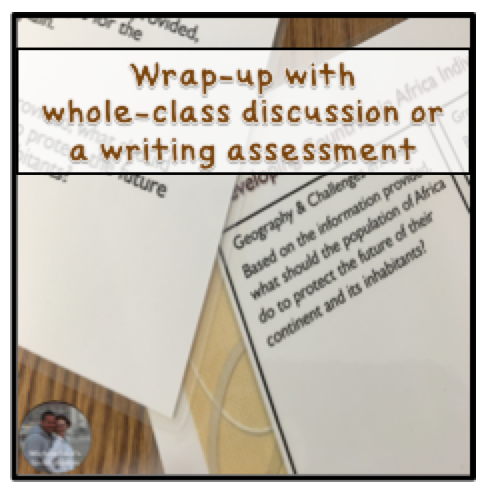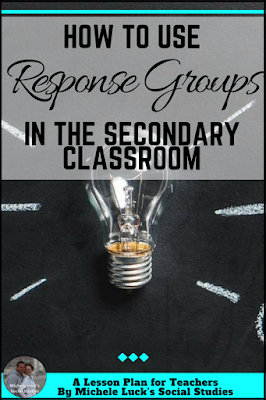Encouraging discussion in the classroom is a daunting task, but response groups can be the tool that opens the door to incredible conversation. For the secondary classroom, response groups can help bring thought and introspection on a variety of topics, including those controversial or emotional. More importantly, they can be the prompt that brings some students out of their shell, creating a rich classroom climate of cooperation and collaboration.

What is a Response Group Activity?
A Response Group Activity is simple a resource that provides clear, concise information on a particular topic with guiding questions and topic prompts to encourage collaborative discussion in small or large groups.
How can Response Groups help in the classroom?
Effective response group resources provide strategic prompts or questions to help encourage conversations that are cooperative and thought-provoking. They are valuable tools for addressing touchy topics and can lead to incredible sharing, helping to create a positive classroom environment.
How To Create a Response Group:
- Assign your students into small (4-6), varied-level groups.
- Provide concise, but thorough reading cards or sources.
- Distribute effective guiding questions or discussion prompts.

- Set clear time limits for reading and discussion on each topic.
- Encourage groups to share out their consensus after each topic discussion.
- Have students record their discussion points into notes or on provided handouts.

- Wrap-up the activity with a writing assessment or whole-class discussion.

The greatest value to using response groups in your secondary classroom is not the content attainment or the open discussion that follows; it is the thought-process practice students receive that will be so important in their later lives. Teaching them to think for themselves, and then process those thoughts into cohesive arguments or points is the greatest tool we can provide our students.
Images used in this post are from my Oil in the Middle East Response Group Activity. Find it and others in my TpT Response Group Category of my TpT Store!
And be sure to check out my other How-Tos on my blog, A Lesson Plan for Teachers!

Happy Teaching!